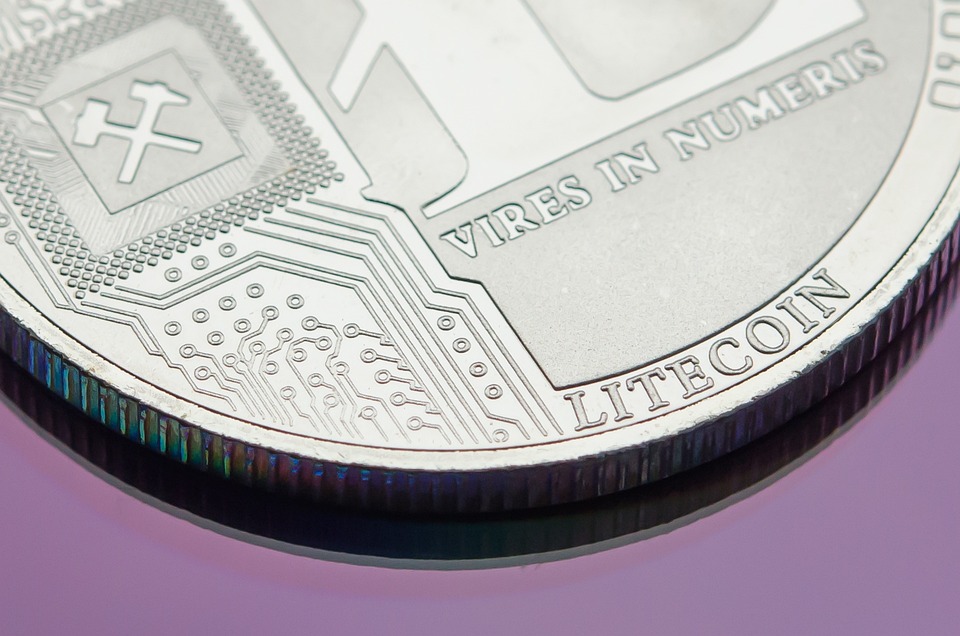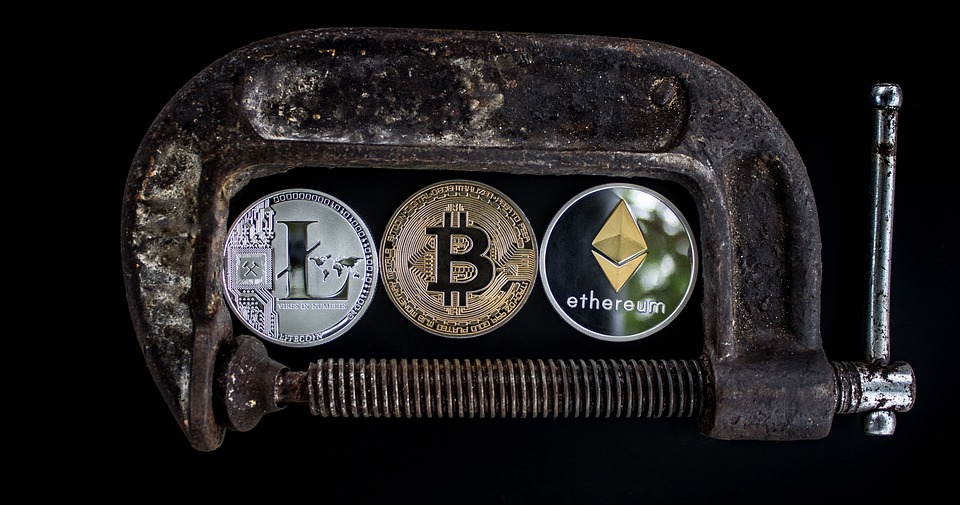Blockchain technology is a revolutionary innovation that has the potential to disrupt multiple industries and change the way we interact with digital assets. In simple terms, a blockchain is a decentralized digital ledger that records transactions across a network of computers. This technology provides transparency and security by creating a tamper-proof record of all transactions without the need for a central authority.
How does blockchain technology work?
At its core, a blockchain is a chain of blocks, with each block containing a list of transactions. When a new transaction is initiated, it is verified by a network of computers known as nodes. These nodes work together to validate the transaction by solving complex mathematical problems. Once the transaction is verified, it is added to a block along with other transactions that have been verified at the same time.
Each block is linked to the previous block using a cryptographic hash function, forming a chain. This structure ensures that the information stored in each block is secured and cannot be altered without affecting the entire chain. As a result, blockchain technology provides a high level of security and immutability, making it ideal for applications that require trust and transparency, such as financial transactions, supply-chain management, and digital identities.
One of the key features of blockchain technology is its decentralized nature. Unlike traditional centralized systems where a single authority controls the database, a blockchain is distributed across a network of nodes. This means that there is no single point of failure, making it resilient to cyberattacks and ensuring that the data stored on the blockchain is secure and tamper-proof.
Another important aspect of blockchain technology is its transparency. Since all transactions are recorded on a public ledger that is accessible to anyone, users can track the history of a transaction and verify its authenticity. This level of transparency builds trust among users and eliminates the need for intermediaries to validate transactions, reducing costs and enhancing efficiency.
In conclusion, blockchain technology is a game-changer that has the potential to revolutionize multiple industries by providing secure, transparent, and decentralized systems for managing digital assets. By leveraging the power of blockchain technology, businesses can streamline their operations, enhance security, and build trust with their customers. As this technology continues to evolve, we can expect to see even more innovative applications that will reshape the way we interact with digital assets in the future.




